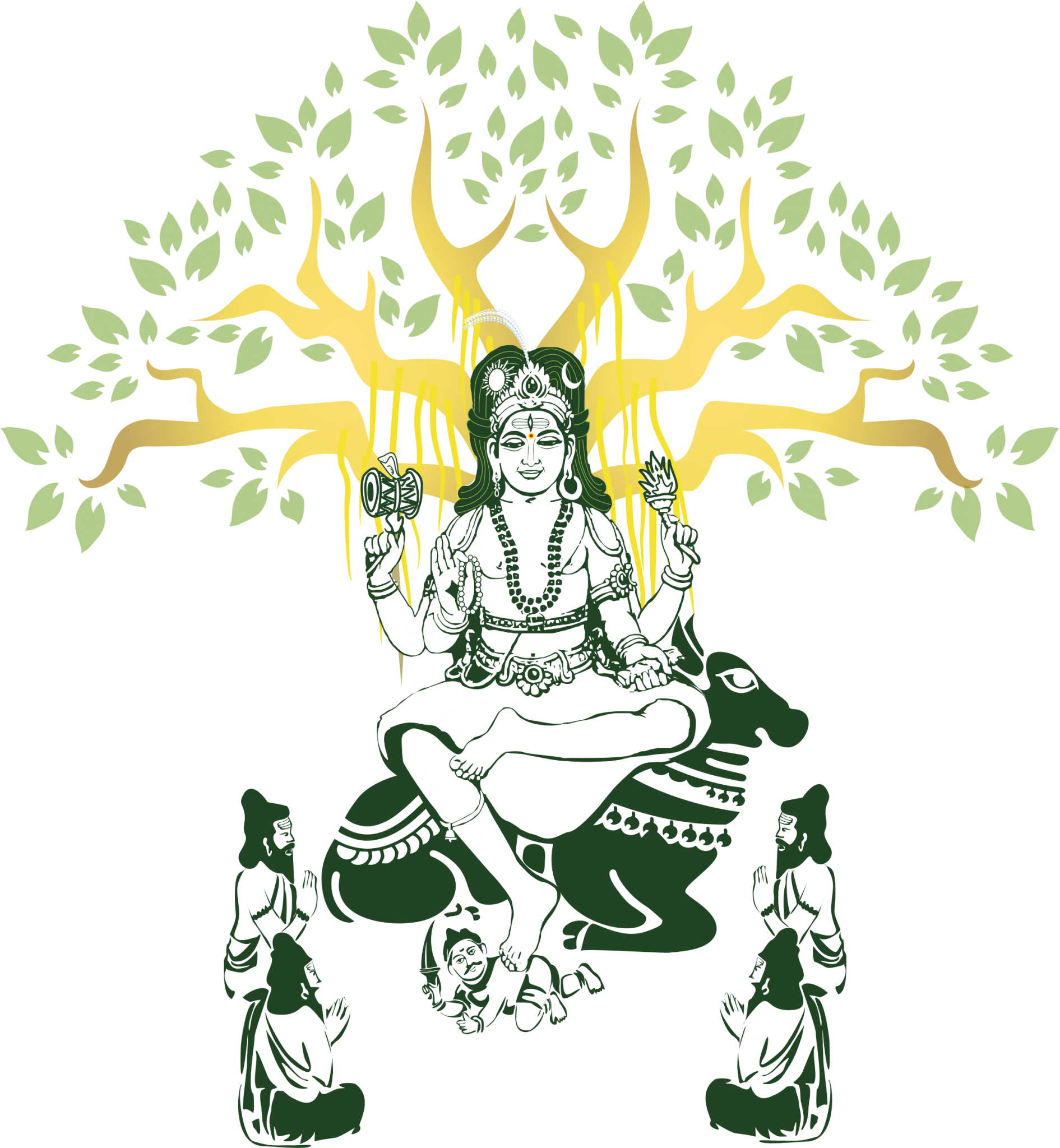Swami Viditatmananda Saraswati
PresidentArsha Vidya Gurukulam
Sri Swami Viditatmanandaji, a disciple of Sri Swami Dayananda Saraswati, expounds Vedanta with a simplicity and directness that make it easy to assimilate. Having lived and worked in the United States prior to becoming a renunciate, Swami Viditatmanandaji is familiar with the lifestyles in India and the West. With his insight into both cultures, he reaches out to everyone with equal ease.
Pujya Swami Dayananda Saraswati
VisionaryArsha Vidya Gurukulam
Sri Swami Dayananda Saraswati was a distinguished, traditional teacher of Vedanta. His in-depth understanding and nuanced appreciation of Western culture made him that rare teacher who communicated the vision of non-duality to modern listeners. He was able to make one see, with immediacy, the truth of oneself as the whole.
Swami Dayananda taught Vedanta in India for more than four decades, and around the world since 1976. In his public talks abroad, Swamiji had spoken at many of the most prestigious American universities and had addressed international conventions, UNESCO and the United Nations, where he participated in the Millennium Peace Summit.
Gurukulam Notice
Temple Updates:
The Temple is open to the public daily from 5:30am-7:30pm.
This summer, we at Arsha Vidya are gearing up to receive a large number of campers and visitors. In order to accommodate everyone , visitors are required to register prior to arrival by an email – suddhatma@gmail.com
Dining Hours for Visitors:
1 to 2 pm and 7 to 8 pm.
To prevent food waste serve yourself the amount which can be consumed.
As usual, campers have priority in dining hall. NOTE: The dining hall is closed from 2:00 to 4:00 pm for sanitization.
Abhisheka and Arati will continue to be streamed on YouTube at 5:40 am and 5:45 pm ET, respectively.
Click here to follow Temple Updates
Please Note:
Gurukulam is now open to all visitors for Vedanta Courses , Weekend Classes, Temple pujas, and Temple services.
Swami Muktatmananda is at the Gurukulam as a resident acharya. He is offering in-person and online Vedanta classes at the Gurukulam.
Upcoming Public Events:
Please join us with your family and friends
Please see the 2024 Programs for information on all the upcoming Camps and Program Registration details. Send an email to suddhatma@gmail.com or
Call 570-992-2339. Mrs.Vimala Sadasivam 570-656-0193.
(Patrons of the Gurukulam, who pledge $2000 for the year and renewable, are entitled to select four Gifts-For-a-Day and attend one Patrons’ Retreat without any charges. They will also receive a one-time gift of special collections of Pujya Swamiji’s books).
Online Classes
36th Anniversary Souvenir Book
Participate - Make a difference in your life !
The knowledge imparted at Arsha Vidya Gurukulam, being the knowledge of the Rishis, is sacred. And Vedanta being the knowledge that solves the human problem, it frees an individual from samsara, a life of becoming. Accordingly, one cannot put a price on it, and this is the reason that there are no fees for Vedanta classes at the Gurukulam.There are also no other conditions for access to the knowledge. It is available for anyone who is interested—for the asking.
Those who have a value for this knowledge, and those who have benefitted from it, are naturally inclined to ensure that it continues to flow, which includes preserving the Gurukulam, the infrastructure that supports it.
Thus, the Gurukulam has been developed and is being supported almost entirely by the donations of these people who have imbibed the spirit of loka-anugraha, furthering the welfare of the people. Most of the expenses of running the Gurukulam are paid for by generous contributions and Gurudakshina, offerings to the teachers at the conclusion of courses. And the entire campus with all its facilities, including the new lecture hall complex, was developed because of the contributions of people who benefited from teaching.
There are nominal fees as required by IRS Regulations for course registrations and lodging, which help offset the operating expenses of the Gurukulam.
Note: If you are a part of Phoneix Satsang Group, Please Click Here for the Donation Form














